Using e-Commerce tactics to attract B2B customers
B2B merchants often consider e-commerce as a tool for existing clients. Acquiring new customers is expected to happen through the sales team, not the Internet. The website becomes a way to support sales personnel and to offer clients a more convenient way to place their orders.
But B2B e-commerce is changing — certainly Amazon Business is for new customers. In this article, I’ll describe strategies for attracting new B2B customers via e-commerce.
Attracting B2B customers to a B2B e-commerce platform requires a strategic approach that emphasizes value, convenience, and efficiency. Here are several tactics you can employ to attract B2B customers to your B2B e-commerce platform:
1. Create a B2B-Friendly User Experience:
– Design your e-commerce platform to accommodate the specific needs and preferences of B2B buyers, such as bulk ordering, customizable pricing, and account management features.
– Implement features like quick order forms, saved shopping carts, and account-based purchasing to streamline the buying process for B2B customers.
– Provide detailed product information, specifications, and documentation to facilitate informed purchasing decisions.
2. Offer B2B Pricing and Discounts:
– Develop pricing strategies tailored to B2B customers, such as volume-based discounts, tiered pricing structures, or contract-based pricing agreements.
– Provide incentives for bulk purchases, repeat orders, and long-term partnerships to attract and retain B2B clients.
3. Provide Flexible Payment Options:
– Offer multiple payment methods that cater to B2B buyers, including purchase orders, invoices, credit terms, and electronic funds transfer (EFT).
– Implement secure payment processing systems and compliance with industry standards to instill trust and confidence in B2B customers.
4. Tailor Marketing and Communication:
– Develop targeted marketing campaigns and content aimed at B2B audiences, highlighting the value proposition, benefits, and solutions your products or services offer.
– Utilize email marketing, social media, content marketing, and targeted advertising to reach B2B decision-makers and influencers.
5. Provide Customization and Personalization:
– Offer customizable products, packaging, and services to meet the unique needs and specifications of B2B clients.
– Implement personalization features such as account-based recommendations, order history, and personalized promotions to enhance the shopping experience for B2B customers.
6. Facilitate Account Management and Support:
– Assign dedicated account managers or support representatives to assist B2B clients with inquiries, orders, and account management.
– Provide self-service tools and resources for managing accounts, tracking orders, and accessing support documentation.
7. Integrate with B2B Procurement Systems:
– Integrate your e-commerce platform with B2B procurement systems, enterprise resource planning (ERP) software, and other business applications commonly used by B2B buyers.
– Ensure seamless data exchange, order processing, and inventory management between your platform and B2B clients’ systems.
8. Build Trust and Credibility:
– Showcase customer testimonials, case studies, and success stories from satisfied B2B clients to demonstrate credibility and build trust.
– Highlight certifications, industry affiliations, and compliance with relevant standards to reassure B2B customers of your reliability and professionalism.
9. Offer Value-Added Services:
– Provide value-added services such as product customization, technical support, training resources, and post-purchase assistance to enhance the overall customer experience for B2B clients.
– Position your brand as a trusted partner and solution provider, offering more than just products or services.
10. Monitor and Optimize Performance:
– Track key performance metrics such as conversion rates, average order value, customer lifetime value, and customer satisfaction scores to evaluate the effectiveness of your B2B marketing tactics.
– Continuously optimize your e-commerce platform, marketing strategies, and customer engagement initiatives based on data-driven insights and feedback from B2B customers.
By implementing these tactics, you can effectively attract B2B customers to your B2C e-commerce platform, expand your customer base, and drive growth in your business.
Initial Purchase
In B2B, a new customer typically must complete several steps to place an order. Some of these may involve a salesperson or customer service representative.
Prior to completing an order, new customers often need:
- An account number
- Customized pricing
- Credit amounts and terms
- In Europe – VAT Tax number for internal 0% tax
B2B merchants should simplify their purchase process, to enable buyers to place an order entirely online, without internal assistance and without having to wait for an account. Is it possible?
I’ve seen innovative companies allow visitors to place initial orders by credit card, for products at the public list price. After the first order, customers are assigned an account number and, also, custom pricing and terms. This enables new customer acquisition.
Online Advertising
By setting up products so they are visible at the list price and buyers can add them to their cart without an account, you can create Google Shopping ads or use an affiliate network or use a pricing comparison portal like Ceneo in Poland.
Online advertising can be very effective for B2B merchants.
While organic search results are good in theory, look at what makes up the first page of results below: Google Shopping images, links to Amazon listings, and a Wikipedia entry. If you want your business to show up on Google search results, you should advertise.
Google Shopping ads can put a product front and center for B2B buyers.
A well-managed paid search campaign coupled with a compelling e-commerce site and strong email marketing can provide dependable sales growth.
If you sell expensive and complex products, selling parts for those products online may make sense. Parts are usually high margin. And providing buyers access to those parts via your website will enable you to build an email list of repeat customers — and prospects for the expensive, complex products.

Build a Content Strategy
Content builds relationships. Provide buyers with information that supports your products. Include technical specs and manuals on the product page. Add a resources area to your website that answers questions new buyers frequently have when ordering your products.
The content provides insight into your B2B company, as well as helpful information.
For example, Mr. Shrinkwrap provides instructional information and resources for professionals in the wraps industry. It positions Mr. Shrinkwrap as one of the leaders in its field. And it helps construction companies and sailing industry to build a good relationship, help with installation, many instructions and build a really good communication.
Promote Your Fulfillment Speed
Delivery speed is important to B2B buyers. Having a simple ordering process and fast delivery can make all the difference.
According to recent data, it can be a very important purchasing factor.
This is the reason Amazon introduced so many shipping options.
Most my B2B merchants have plenty of options based on their product specifics, their customer needs and of course – the cost of transportation, which is really important in the heavy products’ delivery. Magento and many other online shops have many useful integrations with shipping companies. You need to only analyze what is useful for you.
Build It Once — Sell 24/7
It is a typical slogan for eCommerce business. Many manufacturers and distributors have assigned business development to sales personnel. But an online store can attract new customers. It won’t eliminate a sales team. It will help them sell even more with good promotion and funnel management.
There are a couple of tools that can be useful here. They are able to integrate online and offline activities. The most important is to have a good CRM
CRM and marketing automation
With a good CRM, Inventory management, you are able to track all your sales activities and link them with the marketing campaign data, costs, project management and adequate human resources: internal or external.
I will prepare another post on this topic soon. All comments are welcome
Leave a Reply
You must be logged in to post a comment.

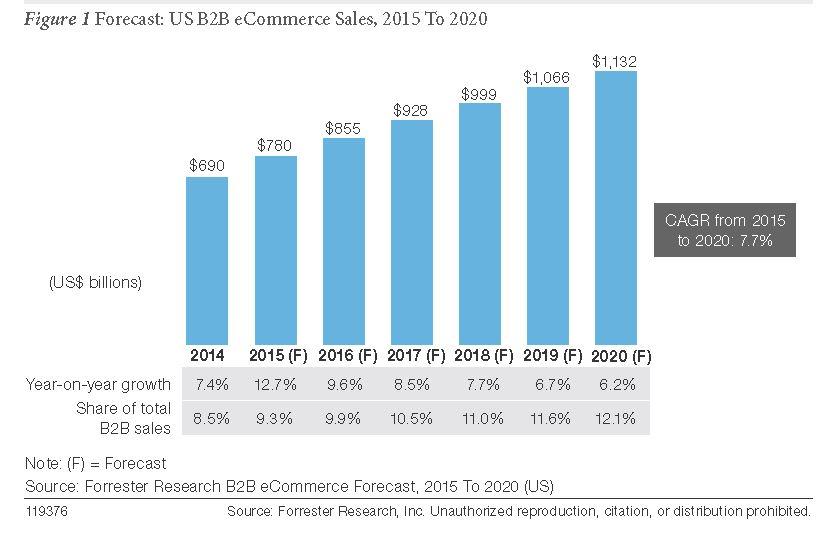

 Digideo
Digideo
 Digideo
Digideo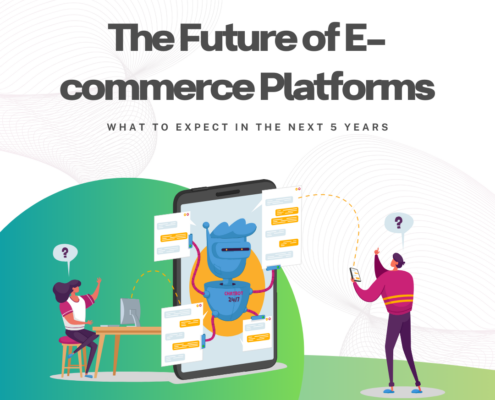
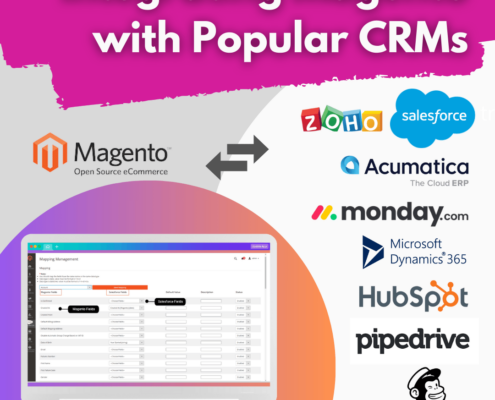 Digideo
Digideo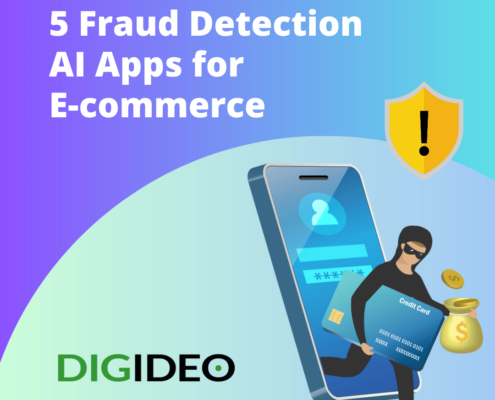 Digideo
Digideo Digideo
Digideo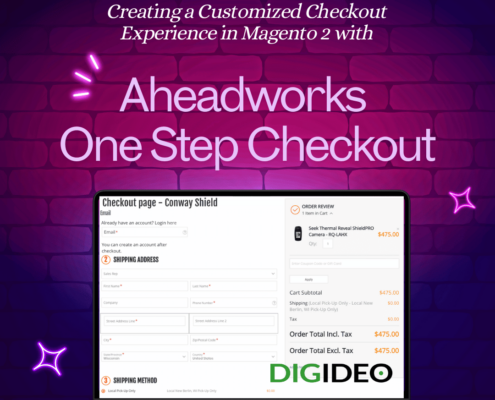
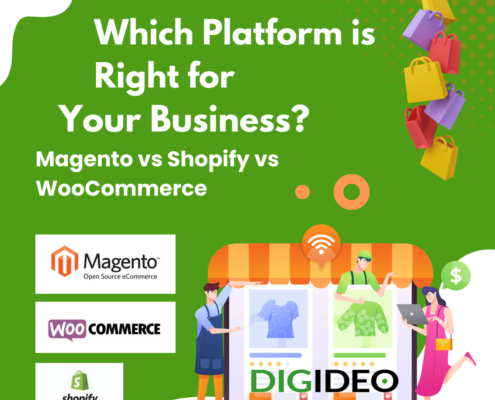 Digideo
Digideo
Share this entry